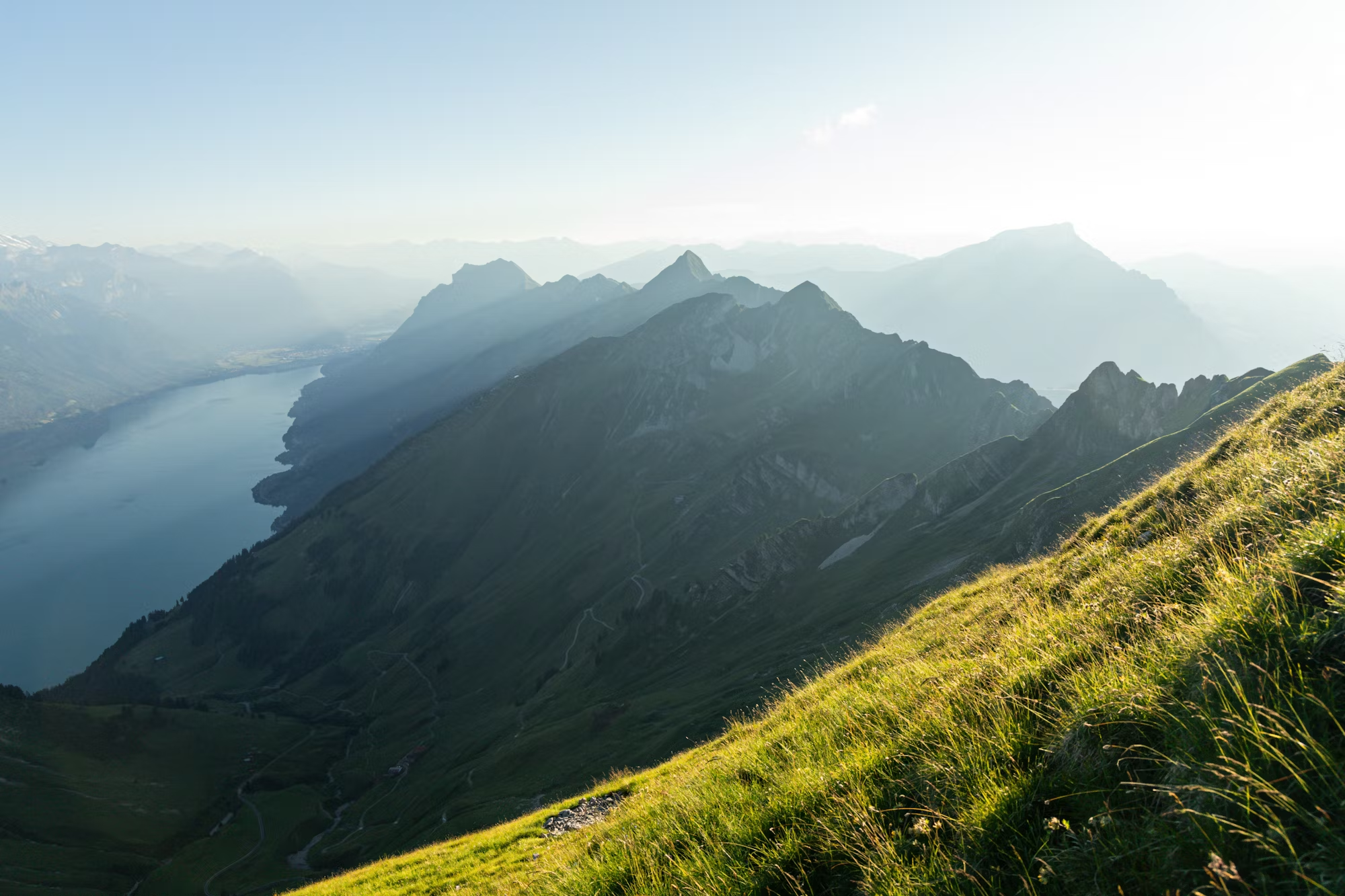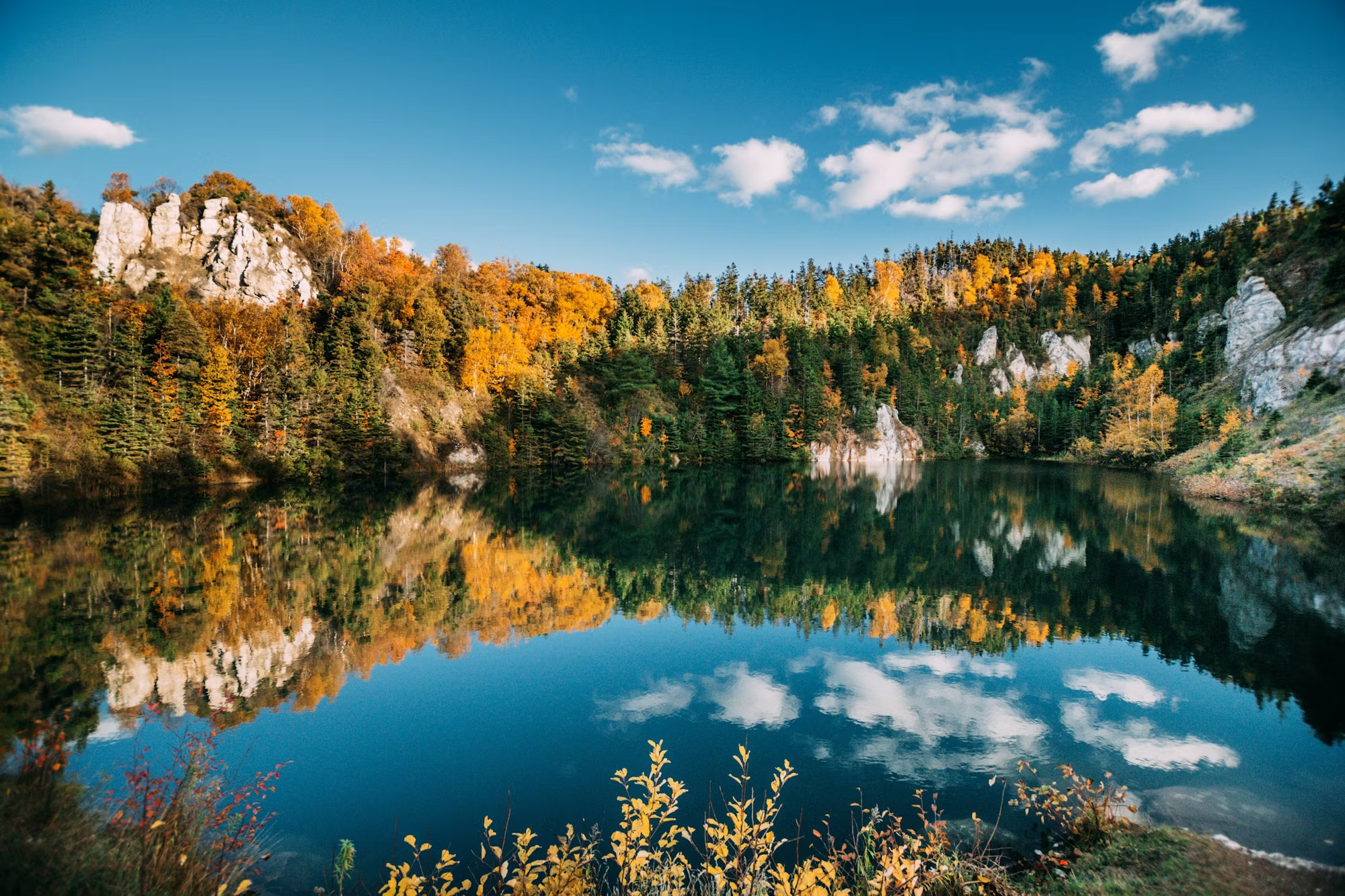Traveling can be an exhilarating experience, but it often comes with its fair share of stress and fatigue, especially when navigating busy airports. For those looking to elevate their travel experience, airport lounges offer a sanctuary of comfort and relaxation amidst the hustle and bustle. This article delves into the world of airport lounges, exploring their benefits, amenities, and how to gain access, ensuring that your next airport visit is as enjoyable as possible.
What Are Airport Lounges?
Airport lounges are exclusive spaces located within terminals that provide travelers with a more comfortable environment compared to the general seating areas. These lounges are often equipped with various amenities designed to enhance the travel experience. Common features include complimentary food and beverages, comfortable seating, Wi-Fi access, charging stations, and quiet areas for relaxation or work.
Lounges can vary significantly from one airport to another, with some offering luxurious facilities, including showers, spa services, and private sleeping areas. Regardless of their size and offerings, lounges aim to provide a peaceful retreat for travelers, allowing them to unwind before their flight.
Benefits of Using Airport Lounges
The benefits of airport lounges extend beyond mere comfort. Here are several reasons why travelers should consider utilizing these exclusive spaces:
1. Comfort and Space: Lounges typically feature spacious seating areas away from the crowded terminal, providing a more serene atmosphere. Travelers can relax in comfortable chairs, enjoy privacy, and even take a break from the noise and chaos of the airport.
2. Complimentary Amenities: Most lounges offer complimentary snacks, beverages, and sometimes even full meals, saving travelers money on overpriced airport food. The quality of offerings often surpasses that of standard airport eateries.
3. Wi-Fi and Workspaces: With the increasing number of remote workers, lounges provide a conducive environment for business travelers. High-speed Wi-Fi, charging stations, and quiet work areas allow individuals to catch up on work or stay connected while waiting for their flight.
4. Access to Showers: Many lounges feature shower facilities, which can be a refreshing perk for travelers on long-haul flights or after a day of travel. A quick shower can reinvigorate passengers and prepare them for the next leg of their journey.
5. Exclusive Services: Some lounges offer services such as spa treatments, massage chairs, or dedicated staff to assist with travel inquiries. These amenities can enhance the overall travel experience, making it more enjoyable and less stressful.
How to Access Airport Lounges
Accessing airport lounges can be done in several ways, depending on your travel habits and preferences:
1. Membership Programs: Many lounges are part of airline loyalty programs or independent membership organizations like Priority Pass. Frequent travelers who accumulate points or status with specific airlines may receive complimentary access to their lounges. Joining these programs can provide a host of benefits beyond just lounge access.
2. Business and First Class Tickets: Travelers flying in business or first class are often granted complimentary access to their airline’s lounge. This is a standard practice among many airlines, offering premium services to enhance the travel experience for their top-tier passengers.
3. Day Passes: For occasional travelers, purchasing a day pass can be an excellent option. Many lounges sell day passes that grant access for a single visit, allowing travelers to enjoy the amenities without a membership commitment. This is particularly useful for those on layovers or long waits between flights.
4. Credit Card Benefits: Certain credit cards, particularly travel rewards cards, may include lounge access as a perk. For example, cards affiliated with airlines or travel networks often offer complimentary or discounted access to lounges, making them a valuable tool for frequent travelers.
Popular Airport Lounges Around the World
While many airports boast impressive lounges, some stand out for their exceptional amenities and services. Here are a few notable lounges to consider:
1. The Centurion Lounge (Various Locations): Operated by American Express, The Centurion Lounges are known for their luxurious settings and high-quality offerings. Travelers can enjoy complimentary gourmet meals, premium drinks, and even spa services at select locations.
2. Qantas First Lounge (Sydney and Melbourne): This lounge is renowned for its sophisticated design and exceptional service. Amenities include a full-service restaurant, private work areas, and even a barbershop. The Qantas First Lounge aims to provide a premium experience for its guests.
3. Singapore Airlines SilverKris Lounge (Singapore Changi Airport): This lounge offers a tranquil environment complete with comfortable seating, delicious food options, and a dedicated family area. Travelers can relax in style before boarding their flights.
4. Lufthansa First Class Lounge (Frankfurt Airport): Known for its luxurious atmosphere, this lounge features fine dining, a cigar lounge, and even a private terminal for first-class passengers. The attentive staff ensures that every need is catered to.
Tips for Making the Most of Your Lounge Experience
To maximize your time in an airport lounge, consider the following tips:
1. Arrive Early: Give yourself ample time to enjoy the lounge facilities. Arriving early not only allows you to savor the amenities but also gives you the chance to relax and recharge before your flight.
2. Explore the Menu: Take advantage of the complimentary food and beverages. Many lounges offer a variety of options, so don’t hesitate to try something new or indulge in a favorite dish.
3. Utilize the Wi-Fi: If you need to catch up on work or connect with friends and family, use the lounge’s Wi-Fi and comfortable seating to your advantage. You’ll find that the quieter environment helps you focus.
4. Take a Shower: If available, don’t pass up the opportunity to freshen up with a shower. This can be especially refreshing after a long flight or during a layover.
5. Relax and Unwind: Finally, remember that lounges are designed for relaxation. Take time to unwind, read a book, or simply enjoy the atmosphere. This can help set a positive tone for your journey ahead.
Conclusion
Airport lounges offer a unique opportunity to enhance your travel experience by providing comfort, convenience, and luxury. Whether you’re a frequent flyer or an occasional traveler, understanding how to access and make the most of these spaces can transform your airport visits. With the right preparation, you can enjoy a serene environment, complimentary amenities, and a smoother transition from land to air. So, the next time you find yourself at an airport, consider treating yourself to the indulgence of a lounge and embrace the journey ahead with a sense of relaxation and comfort.



